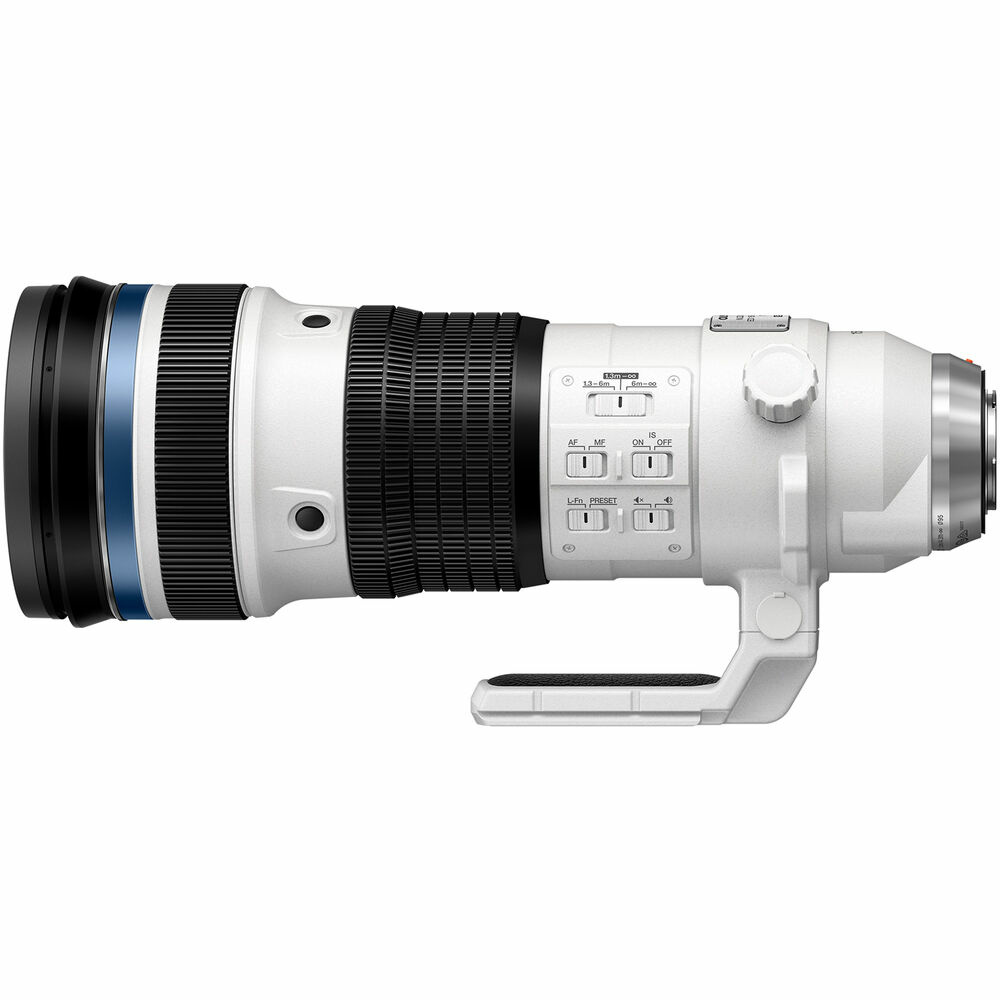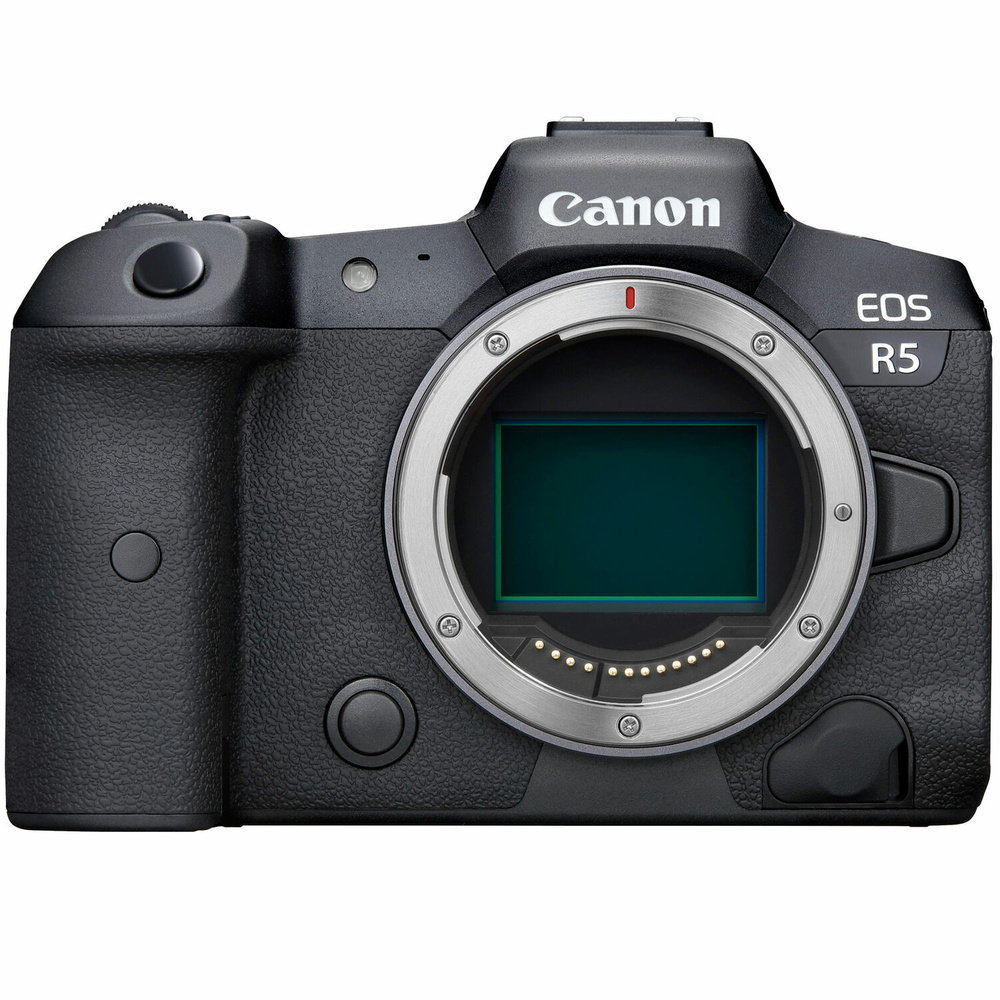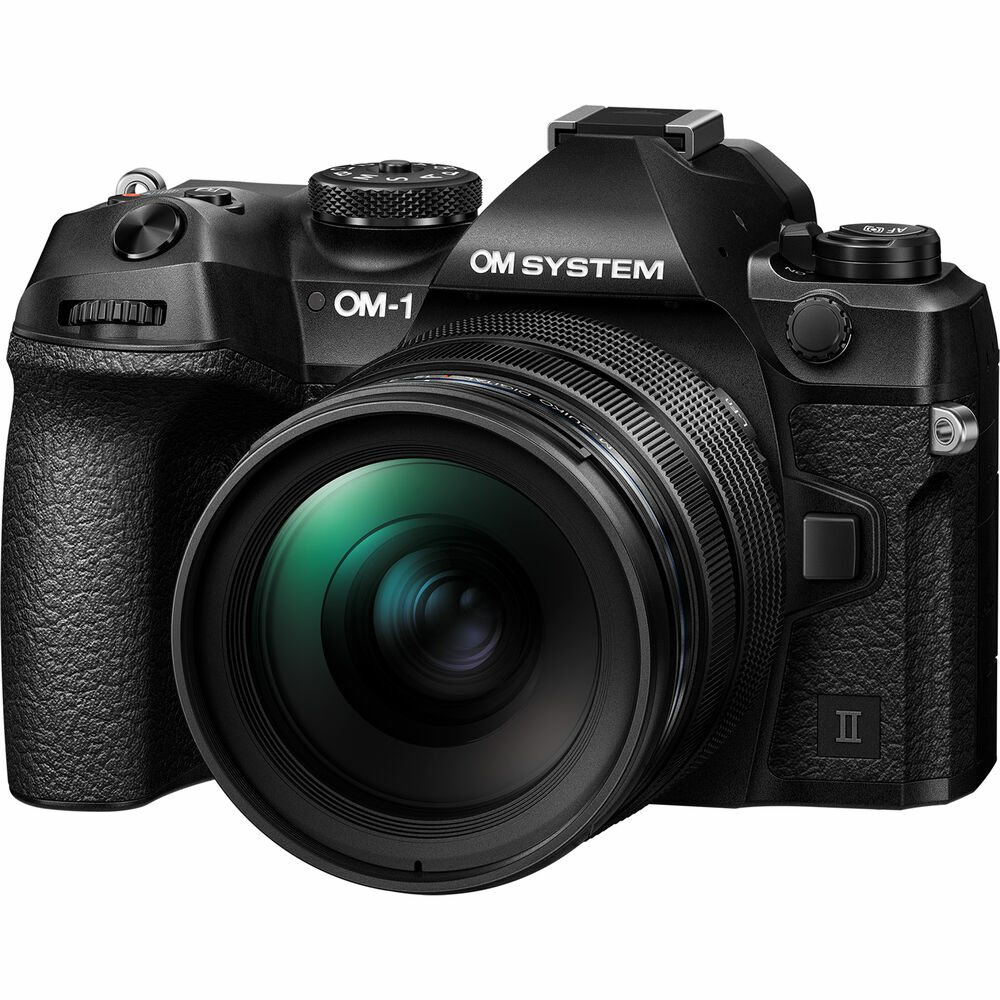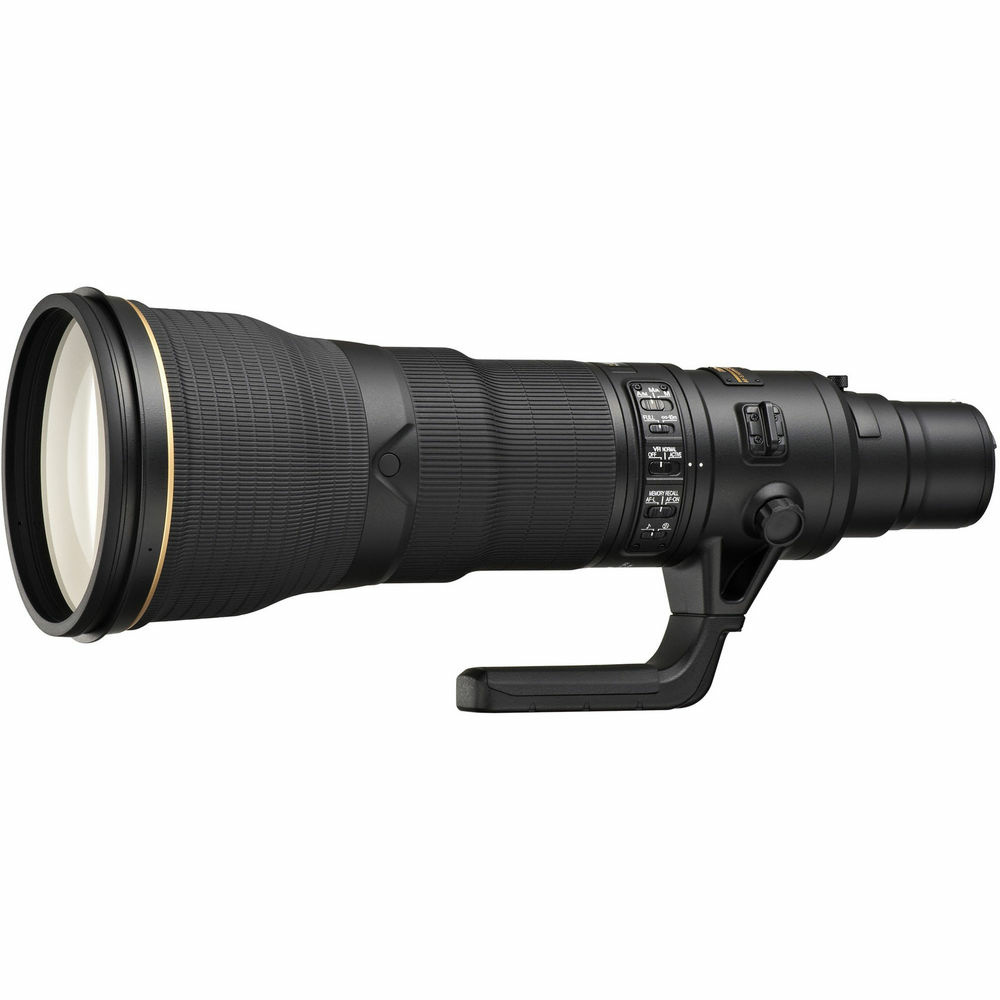When manufacturers give specifications of lenses, there is a lot of detail that is meaningless to many consumers of their products. When we writers review them, we tend to give the same information. Here’s a method I think would be much more helpful to most photographers.
Photography is unusual because, arguably, more than any other art, it relies heavily on an understanding of physics. Of course, it's right that camera manufacturers include the optical data of the lens. Unfortunately, for many, this is a meaningless mass of numbers and technical terms that are hard for a layperson to understand.
It’s also traditional in reviews to point out that Micro Four Thirds (MFT) has, effectively, double the reach of the same length of lens mounted on a 35mm sensor camera. Similarly, APS-C sensor cameras have slightly less at around 1.5 or 1.6 times the apparent reach of a 35mm camera. However, I find this arbitrary comparison to 35mm cameras boring and unhelpful, and I wish I could avoid it altogether. It’s only when one considers changing their camera system that it makes any difference. Then, that crop factor can be a deciding factor.
All that matters is how the lens works on your camera.

So, for many photographers, especially beginners, what a 12mm or 400mm lens means doesn’t say much to them because how the final image appears in the frame on their camera will be completely different from someone else's. Furthermore, they are just numbers and don't describe what those values represent.
More useful is the manufacturer stating the angle of view. But even that is not perfect because it is hard to visualize what that means until you take a picture, by which time you've probably bought the lens. Here is an alternative approach. It makes it easier for photographers to understand how different lenses perform.
How We Currently Compare Lenses
To explain this method, I am going to start with a telephoto lens. For this example, I'll use my longest lens, the OM System M.Zuiko Digital ED 150-400mm F4.5 TC1.25X IS PRO for no other reason than I am more familiar with it than other brands' telephoto zoom lenses. I am also using metric measurements, which are more widely used in science than imperial, but you are welcome to read "meter" as "yard" if you prefer.

OM SYSTEM M. Zuiko 150-400mm f/4.5 TC 1.25 IS PRO Lens
It’s a long name for a long lens. From the technical specifications, I can see angles of view at different focal lengths. With this lens zoomed out to 150mm, it’s 8.2°. Zoomed in at 400mm, it’s 3.1°, and activating the inbuilt teleconverter it reduces to 2.5° at 500mm. That angle is measured diagonally across the frame. But this is still a meaningless number jumble, and it's difficult to envisage what that means in the real world. If I photograph a duck about ten meters away with this lens, will it fill the frame?
The same applies to all lenses from all manufacturers.
I could compare these angles to different camera systems. However, that angle of view is measured diagonally, and other cameras have different aspect ratios, so it’s not a true comparison; my camera’s 4:3 sensor is taller in aspect compared with a 3:2 sensor. That adds more confusion.

Maybe We Should Do This Instead
Here's a far more useful measurement: how far away would a diagonal one-meter line need to be to fill the frame?
On my camera, with a 400mm fitted, that one-meter line would need to be approximately 18.5 meters away from the camera.
With a 3:2 35mm sensor camera, such as a Canon R5 fitted with a 400mm lens, there is a 6.2° diagonal angle of view. In that case, a one-meter line would need to be nearer, approximately 9.2 meters away to fill the frame diagonally.

Meanwhile, on an APS-C camera, it would be approximately 14 meters away. As expected, that's nearer than a Micro Four Thirds camera and farther than a 35mm-sensor camera.

I find that easier to visualize how big a one-meter line is and how far away that is than trying to picture in my find how far apart any angle is at different distances.
Let’s take it further. With the teleconverter activated on my OM System lens, I have up to a 500mm focal length available. That’s a 2.5° angle of view. Now, the one-meter line must be approximately 22.9 meters away to fill the frame diagonally.
On a 35mm camera, this time, let's use a Sony a7 IV, it’s a 5° angle of view for the 500mm lens, and the same one-meter line would need to be much closer, approximately 11.5 meters away to fill the frame. With an APS-C camera, the line would need to be about 19 meters away.
The above image approximates the difference between a 35mm sensor camera on the left and an MFT camera on the right.
What about Wide-Angle lenses?
Once again, forgive me for using the lenses in my kit bag for this demonstration, but it’s the gear I know the best. You are more than welcome to do this with your lenses.
My everyday lens is the OM System 12-40mm F2.8 PRO lens. Filling the frame with a one-meter line at 12mm, the line would be approximately 0.67 meters away.
With a 12 mm lens on a 35 mm camera, the distance would need to be 0.35 meters, and on an APS-C camera, about 0.56 meters.

Mid-length Lenses
The other end of that lens is 40mm. It has a 30° field of view, which means a one-meter line must be 1.7 meters from my camera to fill the frame. A 35mm camera would need the line to be one meter away, and an APS-C camera approximately 1.19 meters away.

A Note on These Calculations
I should emphasize that these are approximate figures. I applied the trigonometry calculations, and they assume a simple lens model would not be entirely accurate due to factors such as lens distortion, optical corrections, and lens breathing. But it gives you a good idea.
If you are interested, here’s the formula I used:

How much easier would it be if lens manufacturers included this information for their lenses?
Adding Depth of Field
Another useful measurement that camera companies could share is the depth of field. Of course, a whole string of factors governs that, including proximity to the subject, sensor size, pixel density, f-stop, etc.
Nevertheless, a good way to standardize this and give the novice buyer a chance to understand what they will get would be to use the same diagonal one-meter line distance above. Then give the measurement for depth of field using a specific camera at its widest aperture. Thankfully, apps like PhotoPills and Photographer’s Companion can do this for you.
So, using Photopills, the results above for my 400mm f/4.5 lens on an OM-1 Mark II, focussing at 18.5 meters (the distance where that one-meter diagonal would fill the frame) the depth of field is 0.28 meters. A 400 mm f/4.5 on a Canon R5 fills the frame with that one-meter line at about half the distance: 9.2 meters. The depth of field at that distance is approximately 0.14 meters.

Not All Lenses Exist, Not All Photos are Possible With Any Camera
Researching around this subject, I came up against barriers. This is just a slight diversion from the topic that nearly made me splutter my coffee over my keyboard, and I thought it would be interesting for readers.
To fill a 35mm camera frame with a one-meter subject at 18.5 meters, and achieve the same shutter speed at the same ISO as the OM-1, you will need an 800mm f/4.5 lens. Sadly, I don’t think there is any such beast as that; please correct me if I am wrong.
I think the closest are the Canon RF 800 F5 IS USM and the the AF-S NIKKOR 800mm f/5.6E FL ED VR, which are great lenses, but take a deep breath and relax before you look at the prices.

Nikon AF-S NIKKOR 800mm f/5.6E FL ED VR Lens
Contrary to popular belief, focusing a 400mm f/4.5 lens at 18.5 meters, attached to a typical 35mm camera, the depth of field would be 0.56 meters. That's twice the depth of field of a Micro Four Thirds camera with the same lens configuration. Also, the subject would only be half the size when using the larger camera. Again, that's only useful if you are considering swapping systems. Of course, moving the subject nearer will make the 35mm camera have less depth of field, and the MFT camera will, too, appear to be zoomed in more because of the crop factor.
So, not every photograph is possible, whichever system you use.
Important to Note About Depth of Field.
There’s no judgment here whether the depth of field at a particular F-stop and focal length is better or worse with different sensor sizes. Contrary to the boring cliché that a shallower depth of field is better, both have advantages and disadvantages. All other factors being equal, a 400mm lens on a 35mm-sensor camera would have the lens stepped down to f/9 to get about as much of the subject in focus as a Micro Four Thirds camera at f/4.5 at the same distance. Whereas, the Micro Four Thirds camera, you would need to reduce the distance by around 28% to get the same shallowness.
Different Cameras Shooting With the Same Lens at the Same Distance
- 35mm camera, 18.5-meter subject distance, 400mm focal length, Depth of Field 0.56 meters.
- APS-C camera, 18.5-meter subject distance, 400mm focal length, Depth of Field 0.37 meters.
- Micro Four Thirds, 18.5-metre subject distance, 400mm focal length, Depth of Field 0.28m meters.
Different Cameras Shooting With The Same Lens at Different DIstances to Achieve the Same Depth of Field
- 35mm camera, 9.3-meter subject distance, 400mm focal length, Depth of Field 0.14 meters.
- APS-C camera, 11.5-meter subject distance, 400mm focal length, Depth of Field 0.14 meters
- Micro Four Thirds, 13-meter subject distance, 400mm focal length, Depth of Field 0.14 meters.

Using AI to Find the Answer
I used an AI chatbot, Microsoft's Copilot, to perform the one-meter line distance calculations. It saves a lot of time if you want to find out the distances for your lens and camera combinations. Alternatively, you can enter the data using the above formula. I also used a programmable calculator.
I asked the AI, “If I were using a Micro Four Thirds camera that has a 4:3 aspect ratio, and if it were fitted with a 12mm lens with an 84° field of view, how far away would a 1-meter diagonal line need to be to fill the image from corner to corner. Give me the numerical answer to this question.”
You can swap the aspect ratio, focal length, and field of view to suit your cameras.
I found you had to be quite specific and check the results. The AI relies on information it gleans from websites and can read the wrong data to reach an incorrect conclusion. For example, the first time it incorrectly calculated the results above giving Canon R5’s sensor aspect ratio as 4:3 before I specified it as 3:2. It also wrongly calculated some of the fields of view, so I used the manufacturers' data.
Again, I emphasize that the figures I have given are rough estimates and are not precise for every camera and lens combination.
Will Lens Manufacturers Change?
In answer to that, I'll paraphrase a quote from one of my favorite authors, Jasper Fforde. “There are two chances of that: fat and slim.” It would be great if they did. But, alas, it is as likely to happen as Canon adopting the term "continuous autofocus" the same as the rest of the world instead of AI Servo, or putting S on their mode dial instead of Tv. Camera companies don't like standardizing, no matter how much easier it would be for their customers. However, it’s easy now to do those calculations yourself before buying a lens, especially with the help of an AI personal assistant.









"you will need an 800mm f/4.5 lens. Sadly, I don’t think there is any such beast as that; please correct me if I am wrong".
I could come within 12% if I use my Coulter Odyssey 8" Newtonian telescope as a lens via a T-adapter. It'll be 900mm f/4.5. I paid around $200 for it over a decade ago. Granted, it is kind of bulky: around 240mm diameter tube, and about 900mm long, weighing 20lbs, not counting the mount. :-) But no chromatic aberration!
I also own an 800mm f/4 home-made telescope, but it's tubeless (exposed mirrors) so the contrast will be terrrible except at night and the mount on it is too weak to take a camera.
That is so cool. Thanks for sharing. I am envious, but I suspect that Odyssey 8" might pose some challenges is trying to photograph birds in flight.
One day, perhaps when I retire, I intend to get into astrophotography and it's fascinating to hear what people use. It would be great to see some of your images.
One way to think about the depth of field is that it's the same on any sensor paired with a lens with the same focal length, aperture, and distance to the subject.
So if you photograph a .14m cube at 10 meters distance, it will be entirely in focus with the same depth of field on a 300mm f4 lens at m4/3, crop, and full frame.
The field of view will be different though--the in-focus cube will appear proportionally smaller in the scene for a full frame image than on the resulting APS-C and m4/3 images.
That is a useful way of thinking about it. Thank you.
I think a better measurement would be the horizontal angle of view as we tend to see with our eyes in a horizontal orientation.
Yes, I think you are right. I actually started by including that and the vertical calculations as well, but it became too convoluted. It was quite a long article already. Thanks for the comment
"All that matters is how the lens works on your camera." - The comparison is not ‘real world’ or fair as it ignores sensor resolution. What really matters is how many pixels you have to play with to create your final composition. The comparison also says nothing about the relative quality of those pixels. Based on my own experience I’ll take the R5 or a7IV cropped to a MFT equivalent over shooting MFT again without hesitation.
And end up with 11.25 megapixels with the R5 cropped down. No thanks.
Nope. You would only need a 50% crop on the R5 to give you a MFT equivalent, leaving you with 22.5 megapixels. That's still more resolution than OM1 II and we are talking full frame pixels. MFT pixels over FF pixels? No thanks.
50% crop vertically and 50% horizontally, because it is a crop of area. An MFT sensor has a 50% crop but is about a quarter of the size of a 35mm sensor, therefore you would have a quarter of the amount of pixels.
I come from a long experience with film. I just learnt the relationship between focal length and angle of view with each system that I used: 135, 120 and 5x4. Nothing really difficult to understand, and I happily used three systems in parallel.
Digital has brought with it a certain dumbing down, with 35mm sensors being the de facto standard point of reference. Even Olympus marked some of their lenses with the 35mm equivalent FL if I remember correctly.
Sombody spending a considerable amount of cash on a camera with interchangeable lenses, should find the time to be able to figure out what is the standard FL for their system and what angle of view each focal length achieves.
Or are people like Alex in the final scene of "A Clockwork Orange"?
Thanks for the comment. Although , I'm all for making photography more accessible so people can concentrate more on taking images. I think simplification is a good thing as it encourages more people to take up photography.
…800mm f/4.5? Did we forget about cropping? As used in the term “cropped sensor” camera, and literally the means by which M4/3 gets a narrower FOV out of a 400mm f/4.5. You can even do it in-camera these days.
For example: 600mm f/4, on an A7RV in Super35 mode. >26MP, so more pixels on target compared to the OM1(ii), nominal 900mm focal length so your metre stick can be further away, and f/4 as opposed to f/4.5, with bigger pixels for better low light performance when you’re riding the edge of signal and noise.
Plus you can slap Laowa’s new 10mm f/2.8 lens on it and output 60MP files of really close up metre sticks in low light. Although I guess Sigma’s new f/1.4 fisheye is technically wider and faster. The thing about sensors is that you can always crop down an image from a bigger sensor, but you can’t do that in reverse.
Then there’s Fuji’s 40MP sensors, with pixel density that comfortably walks right past the OM1, meaning you could theoretically crop down past a M4/3 size to get even closer. But, fair point, you can’t put a 2x on the 200mm f/2 so you can’t quite do apples to apples.
What a weird, convoluted premise. It seems like the whole article was written with the intent of confusing the situation to give M4/3 a “win”
Focal length is dumb, but a much more sensible solution would be printing the horizontal and diagonal FOV on the lens according to it’s intended format.
You are arguing againt a point I wasn't making.
What I am saying is when you already own a camera knowing how a lens will behave on it is all that matters. It wasn't about giving anything a win. As I said in the article, the sensor size argument is tired and boring.
The field of view is printed in most specs, but the point I make in the article is that it is hard to visualise. Knowing how far away a metre line would be to fill the frame would be easier.
I think a useful descriptor would be the effective "magnification," normalized to 50mm for a full frame camera. For example, a 200mm lens on my full-frame Z6 would give a magnification of 4x. A distant object would look 4 times bigger with this lens. Binoculars are characterized in this way.
It's a good point except when it comes to displaying your image as cameras have different pixel counts and the screens that display the images vary in resolution too. Looking through a 1:1 viewfinder, yes a 50mm lens appears not to magnify a subject.